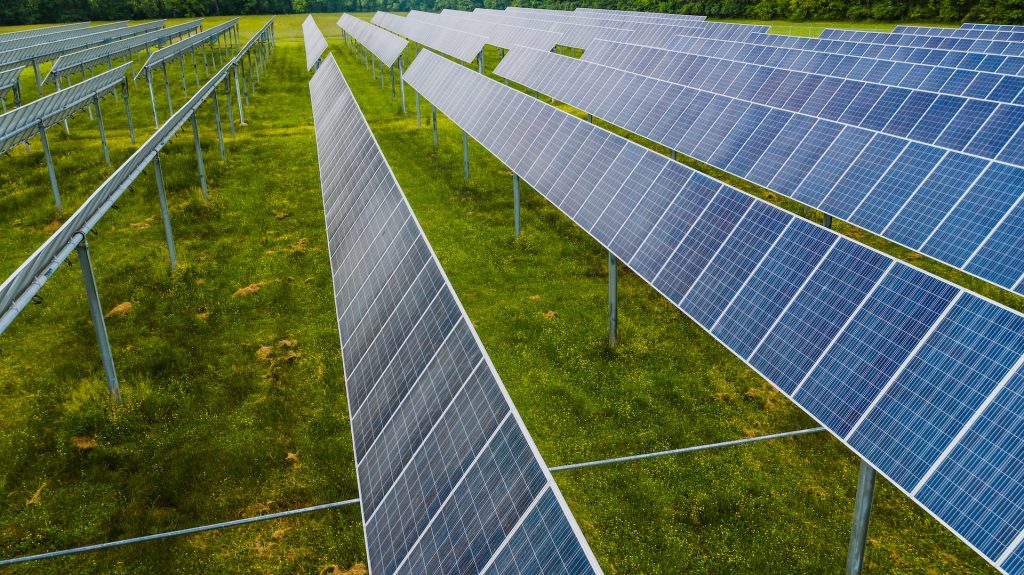Having a San Diego solar panel installed is a great way to save money on your electricity bill. There are many ways you can get started. You can either buy a solar panel or you can lease one. You can also use a Clean Energy credit to help pay for your installation.
Financing vs leasing
Buying a solar power system is a very big decision. It’s important to consider all your options before you decide. The best way to determine which path you should take is to ask questions to your solar installer. They will be able to help you decide between leasing and financing.
Leasing is the most common option for households. The advantages of leasing include a lower initial cost and reduced monthly payments. It also eliminates the hassle of owning a solar energy system.
While it is true that solar leases are not free, they can save you a lot of money. In fact, the average household can save up to 25% on their electric bill by going solar. While a solar PPA can cost up to $17,000 over 20 years, there are ways to pay for it that will make it much cheaper.
There are two primary types of solar leasing: prepaid and capital. The latter requires monthly payments to a financing institution. It is similar to an operating lease, and is used for commercial purposes.
Net metering
Choosing to install solar panels in San Diego will help you save thousands of dollars on your annual electric bill. In addition to reducing your monthly electricity bill, you can also receive a credit on your monthly bill for the extra energy you generate. You may also be able to sell the excess energy back to your utility company for a small fee.
The California Public Utilities Commission (CPUC) released a proposal in December to improve the state’s net metering program. While the CPUC hasn’t yet announced a date for a vote on the proposal, a recent analysis of the plan by Wood Mackenzie suggests that the proposal could cut the California residential solar market in half by 2024.
The NEM (Net Metering) program is a type of solar panel policy that allows homeowners to send their surplus energy to the power grid for a credit on their electric bill. It’s a great way to promote renewable energy and lower future electricity bills.
Company in San Diego that installs solar panels
Choosing a company in San Diego that installs solar panels is the first step to reducing your electricity bill and cutting your carbon footprint. It is also a great way to help protect your home from power outages.
There are a few different types of companies that specialize in installing solar energy systems. Some focus on installation, while others are focused on sales and distribution. You should choose a solar panel installation company that has experience customizing systems for your needs and location.
Sullivan Solar Power is a turnkey solar power provider that offers systems from small residential to large commercial installations. The company offers a 25-year warranty on equipment and a free consultation. They also offer financing options, loans, and PACE programs.
Baker Electric Solar has a long history in the California electricity sector. The company recently introduced a residential energy storage system in San Diego. Its cost per watt is lower than the state average. Its panels are sold through SunPower.
Clean energy credit
Whether you live in San Diego, California or another location, there are federal and local incentives available to save you money on your solar installation. The solar panel tax credit is a great way to reduce your federal taxes. In addition, some state and local incentives are available. If you’re planning to go solar, don’t wait until the deadlines for these incentives have passed. You may be able to save thousands of dollars in tax savings.
The Clean Energy Credit, also known as the ITC, is a tax credit that applies to the value of a solar system that’s installed on your primary or secondary residence. It was first introduced in 2006 and has fluctuated between 26-30 percent of the total system cost. If you’re interested in the ITC, you’ll need to consult a tax professional.
There are also other programs available in California, such as the Self-Generation Incentive Program (SGIP). The program offers an up-front rebate for energy storage systems. It’s worth $200 per kilowatt-hour of stored energy capacity, which is a percentage of the battery’s size.

